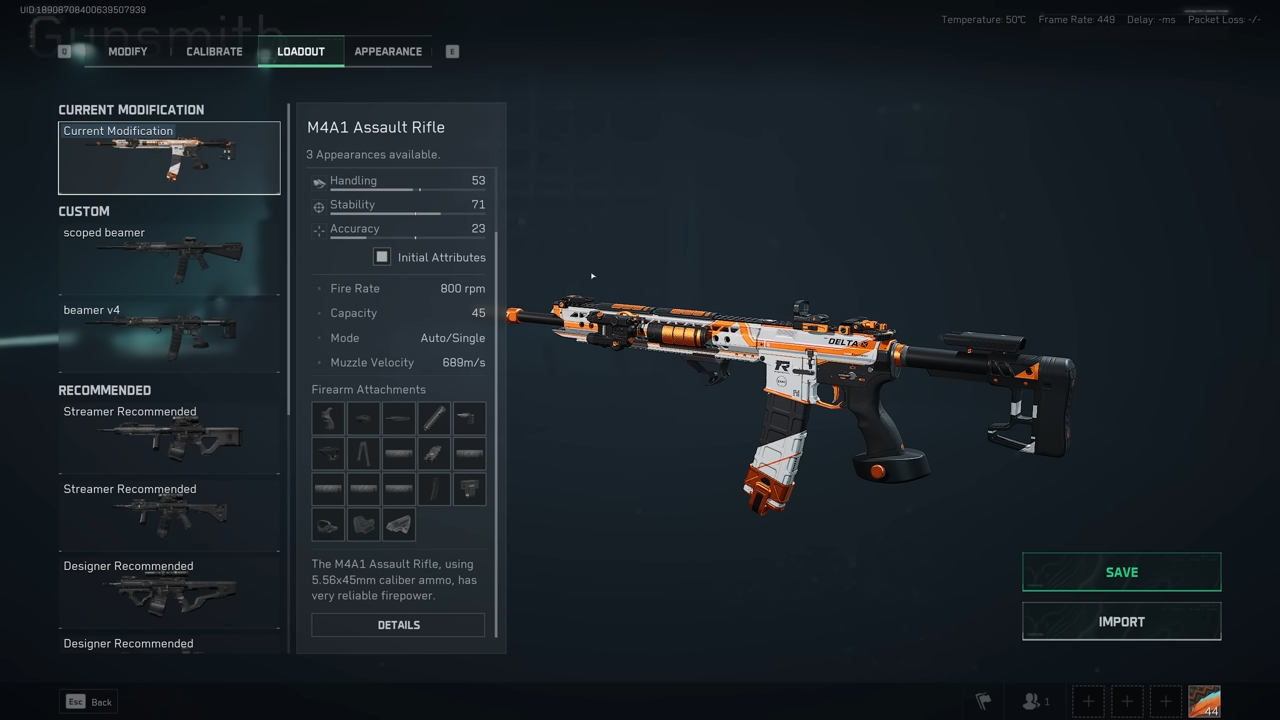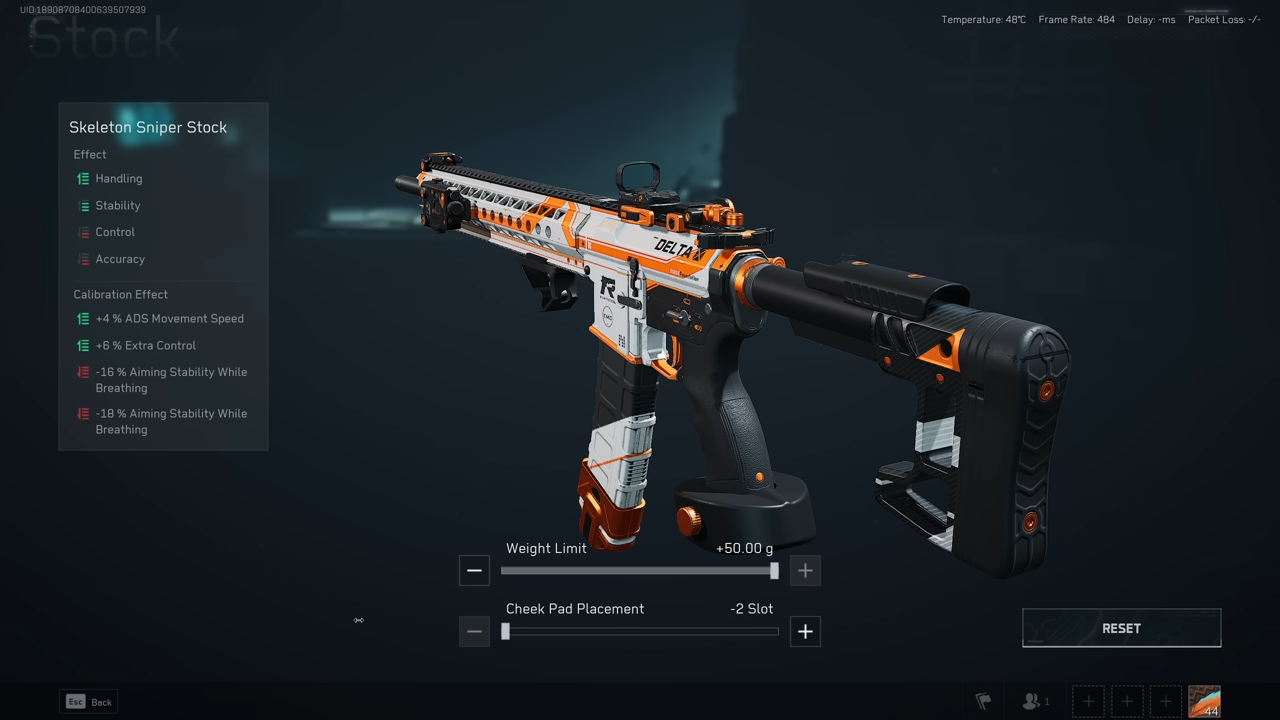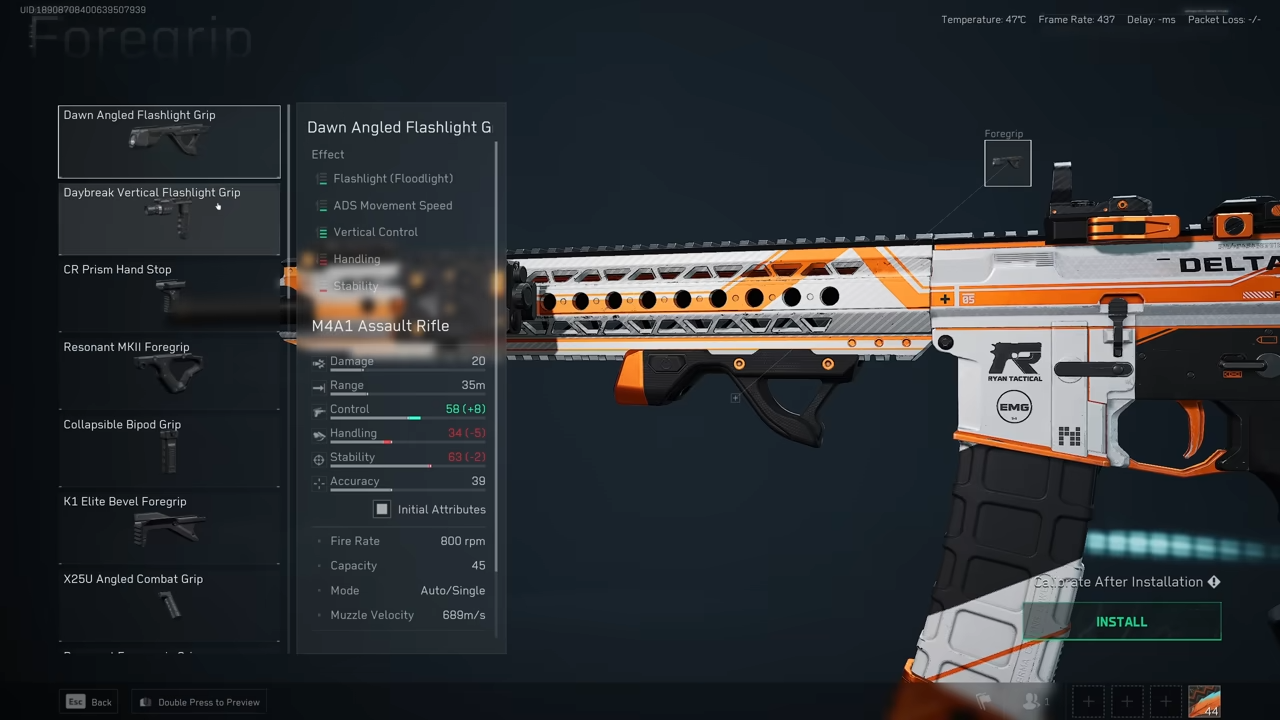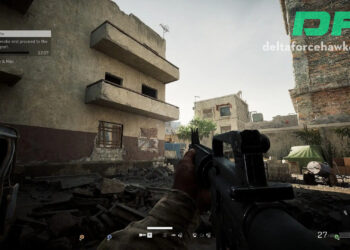Delta Force offers an incredibly detailed weapon customization system, which can feel overwhelming at first. With numerous stats, attachments, and calibrations available, it’s easy to create a weapon that doesn’t perform as expected. This Delta Force no recoil weapons guide will walk you through the process of building an optimized weapon loadout with zero recoil ensuring that you make informed choices for every attachment and modification.
Step 1: Understanding Weapon Stats
Before diving into customization, it’s crucial to understand the weapon stats that impact performance. Every weapon in Delta Force comes with detailed statistics, including:
- Recoil Pattern: Determines how the weapon behaves when fired.
- Handling: Affects reload speed, ADS (Aim Down Sights) speed, and sprint-to-fire time.
- Stability: Impacts recoil reduction when holding breath and reduces flinch when hit.
- Accuracy: Only affects hip-fire, not ADS shots.
- Control: Includes horizontal and vertical recoil multipliers.
 Step 2: Choosing Your Sight and Calibrating
Step 2: Choosing Your Sight and Calibrating
Start by equipping a sight that matches your playstyle. Delta Force allows you to calibrate sights for zoom levels ranging from 1x to 1.5x, which can improve target acquisition. Adjust pupil distance to optimize visual comfort and responsiveness.

Step 3: Selecting the Barrel – The Cornerstone of Your Build
The barrel significantly impacts range, muzzle velocity, and handling. A longer barrel generally improves range and stability, making it a great choice for long-range engagements. However, this often comes at the cost of handling and mobility. For close-quarters combat, a shorter barrel may be preferable.
Barrel Calibration
Delta Force allows you to fine-tune barrels by adjusting:
- Muzzle velocity (higher is better for long-range combat)
- Firing stability (reduces weapon shake and recoil)
- ADS movement speed (can be sacrificed in favor of other benefits)
Step 4: Analyzing Loadout Impact
After selecting a barrel, check the loadout details to see how stats are affected. Look for improvements in recoil, stability, and range while managing any penalties to handling and ADS speed.
Step 5: Choosing the Right Attachments
Each attachment impacts weapon performance in unique ways. Here’s how to make the right choices:
Laser Sight
A laser can improve hip-fire accuracy and ADS speed. Placing the laser on the side rail ensures it remains visible while aiming.
Magazine
A larger magazine provides more rounds per reload but usually reduces handling and ADS speed. A balanced choice, such as a 45-round mag, can offer additional ammo without excessive penalties.
Grip Selection
Grips are essential for improving control and stability. Choose grips based on your weapon’s needs:
- Vertical recoil control: Ideal for weapons with strong upward kick.
- Horizontal recoil reduction: Best for smoothing out left-right recoil inconsistencies.
- Handling-focused grips: Useful when compensating for slow ADS and reload speeds.
Step 6: Stock and Rear Grip Selection
- Stock Kits: These replace the rear grip but remove calibration options. Avoid them unless the trade-offs are worth it.
- Rear Grip: Select a grip that provides stability and handling improvements. Calibrate it for maximum control.
Step 7: Muzzle and Final Adjustments
The muzzle attachment is crucial for reducing recoil and improving stability. Muzzle brakes are often better than foregrips because they control vertical recoil without introducing negative side effects.
Step 8: Fine-Tuning the Build
Once your attachments are set, use the calibration patches to balance out remaining weaknesses. If handling is low, apply patches that boost ADS speed. If stability is lacking, prioritize firing stability improvements.
 Final Thoughts
Final Thoughts
Weapon customization in Delta Force is a balancing act. By carefully selecting and calibrating attachments, you can create a weapon that excels in your preferred playstyle. Whether you’re building an M4 for long-range accuracy or an SMG for close-quarters combat, the principles outlined in this guide will help you optimize your loadout.







